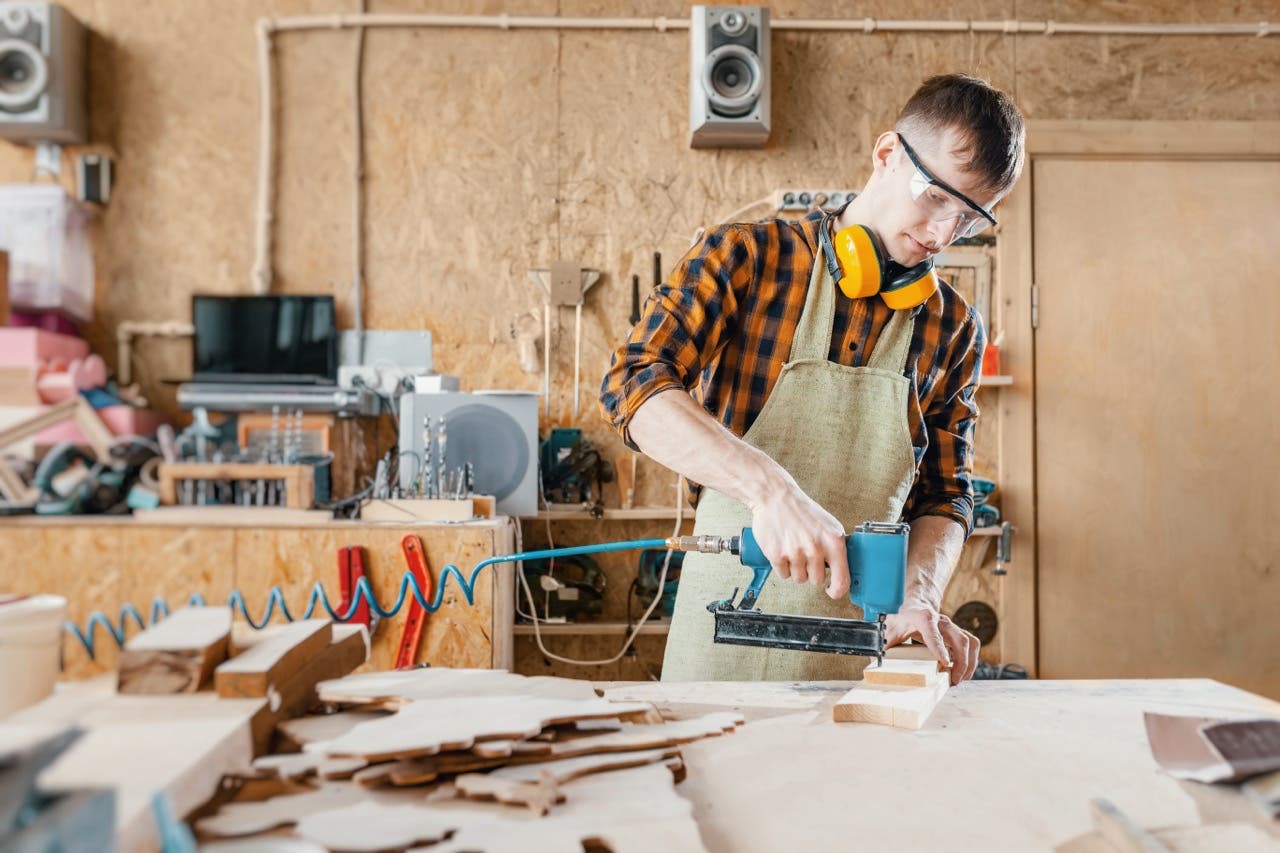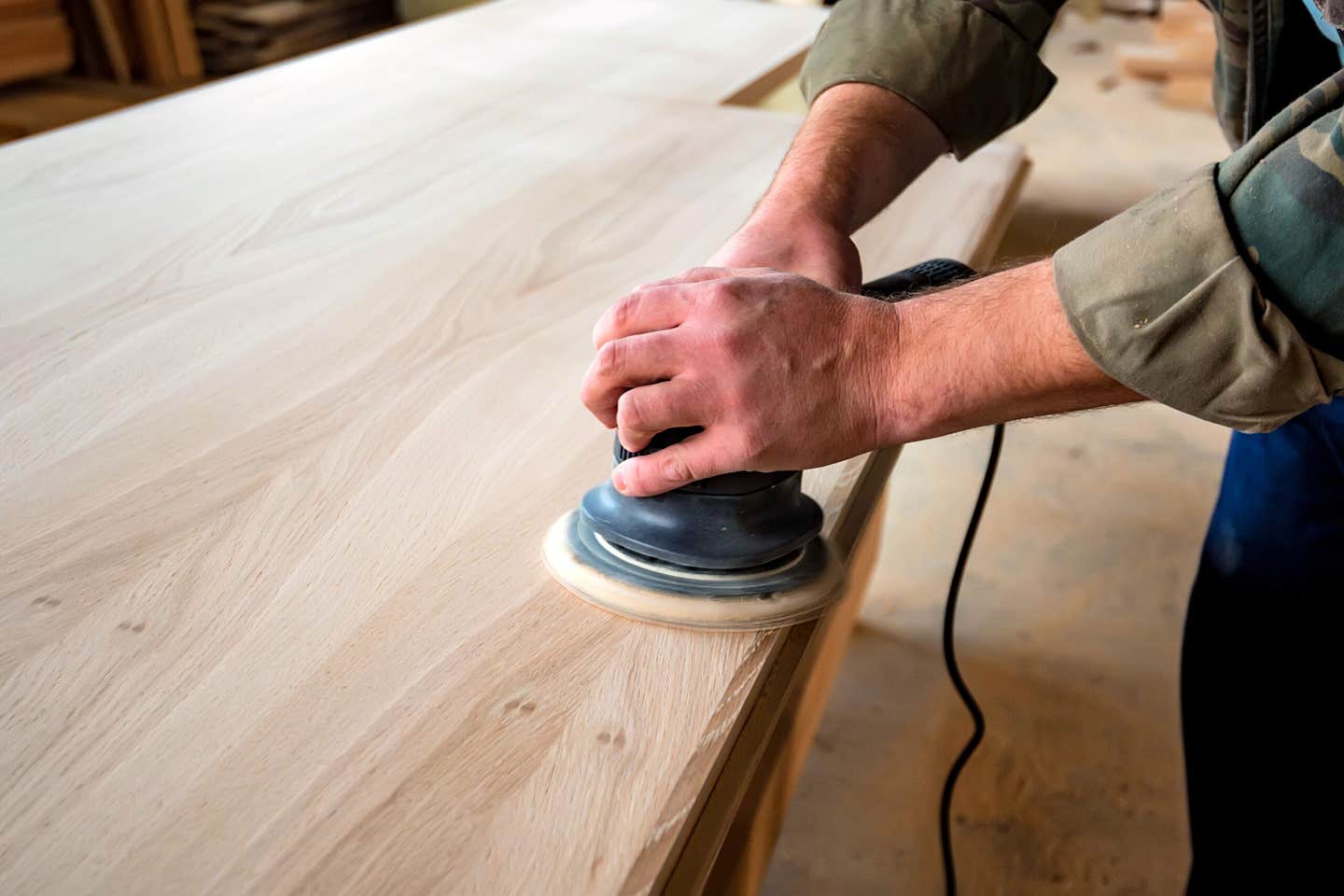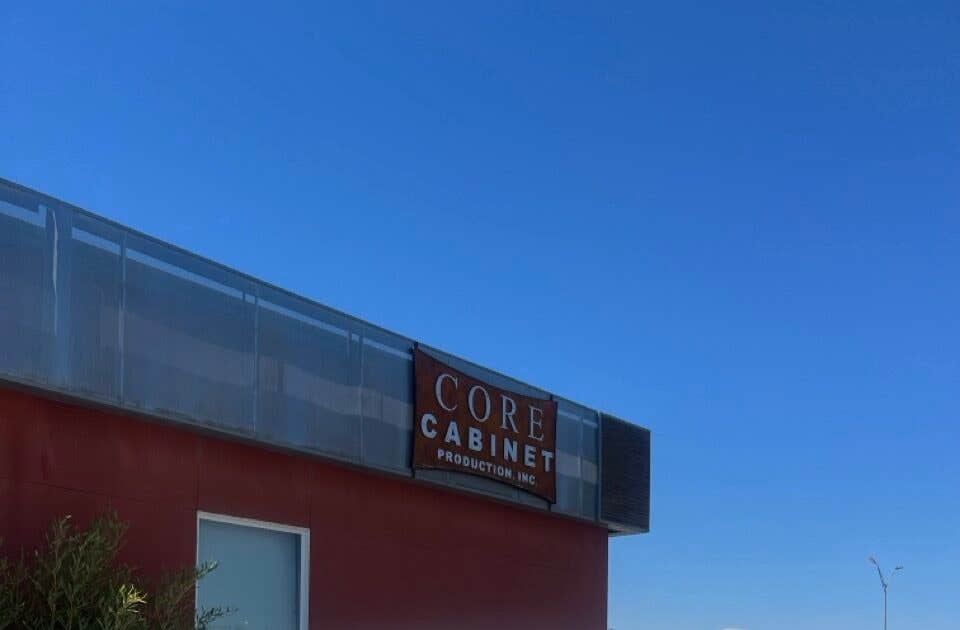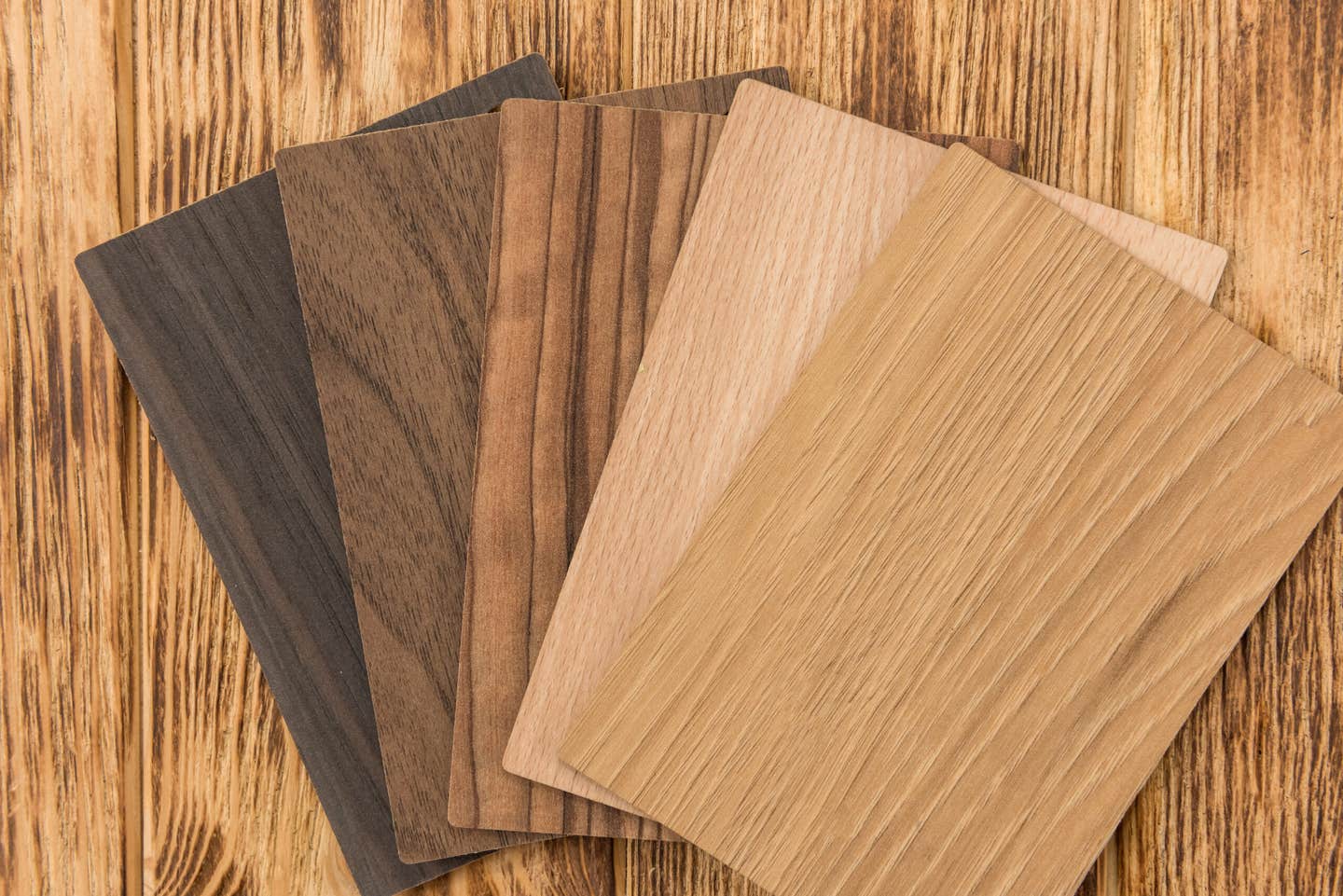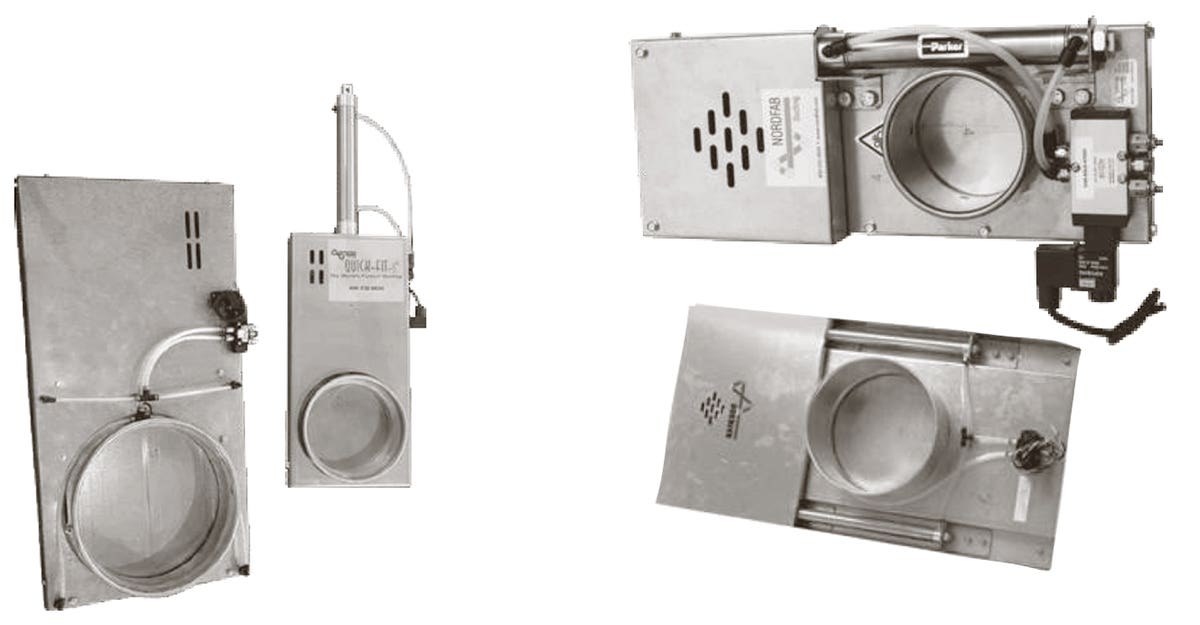From concept to kit boat
The center console skiff gently skipped through the ripples of Puget Sound. The cool air left a sting on face and hands, and the okoume on the inside of the…
The center console skiff gently skipped through the ripples of Puget Sound. The cool air left a sting on face and hands, and the okoume on the inside of the hull gleamed in the pallid sun, but the driver’s eyes were glued to the GPS, which showed 23 knots with a nearly wide-open throttle and a fair current. That’s not exactly retina-searing stuff for an 18-foot, 5-inch powerboat, but considering the minuscule 20-hp 4-stroke hung on the stern, it was remarkable.
Controlling the throttle itch and keeping it at 5,000 rpm, this rig can scoot along at 15 knots while consuming 1.4 gallons of gas an hour. That’s 1.4 gph. Sipping, not guzzling, when compared with many similarly sized production boats that schlep a ton of weight and need bigger, thirstier engines.
Now the interesting part: If you want one, you must build one. That’s because the 350-pound Port Townsend Skiff is offered only as a kit — boxed, crated and delivered to your doorstep. Assembly is required, but cheap furniture it is not. Quite the contrary. This boat blends high technology with low emissions, unusual efficiency with common sense, and traditional values with contemporary building materials.
“Sometimes you have to look back to move forward,” says Russell Brown, owner of Port Townsend (Wash.) Watercraft, the company that produces and markets this kit boat (www.ptwatercraft.com).
This suggests progress by unlearning poor habits that lead to complex fuel hogs and “unforgetting” what has been known about smart boat design since the late 19th century. If you want it expressed differently: The ideas that make sailboats fast help make powerboats efficient.
One boat, many minds
To understand the concept of this boat, it helps to look at the key contributors, all of whom live in the Pacific Northwest and have or had ties to Oracle Racing, Larry Ellison’s America’s Cup syndicate. Brown was in charge of specialty composite parts, which made him an expert in carbon honeycomb sandwich construction, the preferred building method for high-end racing sailboats. Although it yields fantastically light and strong structures, it also is expensive, wasteful and difficult to repair.
“The longer I worked with carbon fiber, the more I was in awe of the plywood/epoxy composite method,” Brown says. “It’s been around for so long, yet it’s still misunderstood, even though it offers a great weight-to-strength ratio, longevity and waste reduction.”
Bieker Boats in Seattle came up with the PT Skiff design for a 2009 contest run by WoodenBoat and Professional BoatBuilder magazines. Entries had to meet several criteria: 18 feet, 6 inches maximum length overall, powered by an outboard of 25 hp or less, fuel consumption of 2 gph at 15 knots carrying 650 pounds of load, and a maximum trailer weight (with engine) of 2,700 pounds. They also had to perform safely with 15 knots of breeze and a 2- to 3-foot chop on the nose.
Through their design and engineering work for Oracle Racing’s Cup boats, principal Paul Bieker and business partner Eric Jolley are no strangers to efficient vessels. Bieker also has an impressive track record of building winners in the International 14 class of racing dinghies. The I-14, Bieker explains, is “light and has lots of horsepower. It has to be efficient from 4 to 20 knots carrying crew that weighs much more than the boat,” he says.
Roll up your sleeves
Building at home was common in the early days of recreational boating, before fiberglass, assembly lines and slick marketing. As production boats proliferated, do-it-yourself builders turned to small kit boats. Companies such as Chesapeake Light Craft and Pygmy Kayaks have done well carving out a niche for amateur builders who take pride and pleasure in creating their own craft to the best of their abilities.
“Backyard builders [sometimes] do it not to get it done, but they do it for the job,” says James Brown, the father of Port Townsend Watercraft owner Russell Brown and a veteran trimaran designer who estimates that the plans for his Searunner series have attracted 1,600 builders.
Do-it-yourselfer Jan Brandt built a Port Townsend Skiff “to get it done.” An environmental consultant in Seattle, Brandt grew up sailing dinghies, multihulls and keelboats in Hamburg, Germany. Before plunging into the PT Skiff kit, he had built some small stitch-and-glue cedar-strip boats. “I was looking for a winter project, a dayboat for fishing and camping,” he says. “I wanted a light boat I could easily trailer.”
Browsing the Web, Brandt found Port Townsend Watercraft’s kit boat. “It was a more involved project than building a kayak,” he says. “It helps to have worked with epoxy and kit boats before, but carefully following the illustrated manual was most important because Russell is very accurate and thought this through carefully.”
Brandt completed his boat in five-and-a-half months (about 500 hours) and customized the center console with beautiful American Indian art inlays created by his wife, Holli. Brandt is not only satisfied with the final product, which gets compliments from fellow boaters, but also with the performance, which he verified with a German engineer’s sense of precision.
The boat weighs 580 pounds, including a 25-hp Evinrude E-TEC 2-stroke, a battery and a full tank of gas. Brandt tested various prop sizes, engine trims and cavitation plates. His records show that the boat’s performance with and without water ballast varies as little as 5.2 percent (at 5,250 rpm), which confirms the hull’s efficiency across the performance spectrum. A prop with less pitch narrows the gap even further, he says.
Brandt, Holli and daughter Sydney use the skiff to buzz around Lake Washington, which is at their doorstep. On weekends, they might tow it a few miles to Edmonds to cruise Puget Sound. In the summer, they take it up to the San Juan Islands. Cruising in the 15- to 17-knot range, Brandt says, the E-TEC burns 1.5 gallons an hour.
“Conventionally built center-console skiffs of similar size might need 60- to 100-hp engines, which burn a lot more gasoline,” he says. “Heavier boats also need larger trailers and bigger cars for towing.”
So rolling up your sleeves to build a Port Townsend Skiff, Brandt muses, offers multiple gratifications: a unique and efficient craft, pride of ownership, portability and fewer environmental effects.
This article originally appeared in the November 2011 issue.



